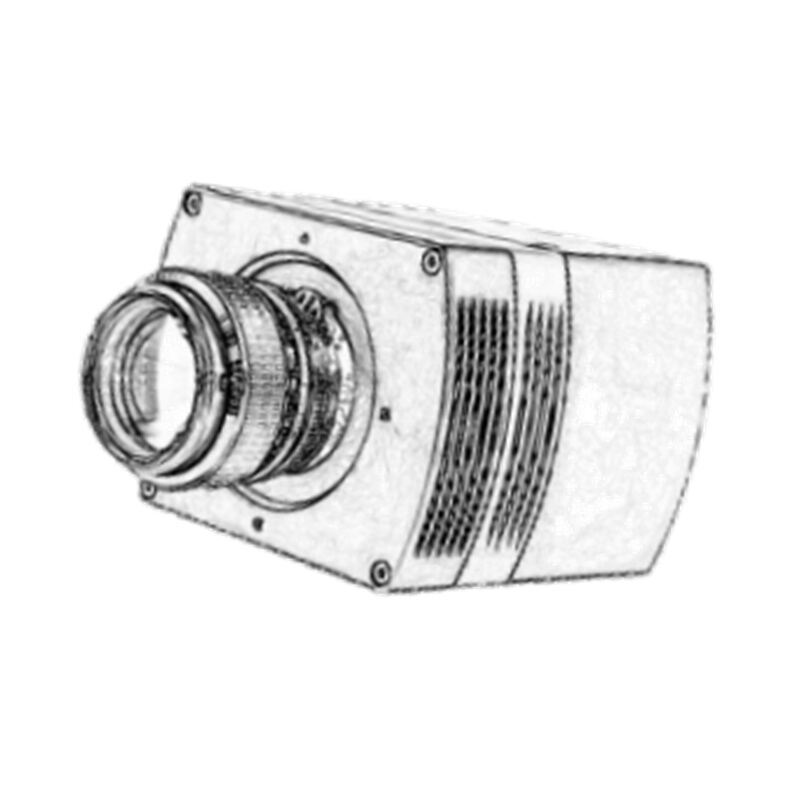Does your CCD have the following deficiencies?
1.High Dark Current & Thermal Noise
2.Image Drift & Instability
3.Limited Sensitivity in Low-Light Conditions
4.Heat Accumulation in Long Exposures
✅ 1. Significantly Reduce Dark Current and Noise
How it works: TECs can cool the CCD sensor down from room temperature to 0°C, -20°C, or even below -40°C.
Effect: Every 6–7°C reduction in temperature can halve the dark current. This greatly improves dynamic range and reduces background noise.
Example:
In astrophotography, a TEC-cooled CCD can reduce dark current by over 90%, enabling long exposures (minutes or hours) without image degradation — resulting in crisp, clean star images.
✅ 2. Improve Thermal Stability & Eliminate Temperature Drift
How it works: A TEC combined with a PID temperature controller maintains a constant sensor temperature.
Effect: Eliminates image drift and enhances repeatability in precise imaging tasks.
Example:
In fluorescence microscopy, slight temperature variations can alter signal strength. With TEC stabilization, the CCD maintains consistent temperature, improving measurement reliability.
✅ 3. Boost Sensitivity to Weak Signals
How it works: Cooling reduces thermal noise, allowing the CCD to detect much weaker light signals.
Effect: Higher signal-to-noise ratio (SNR), especially beneficial in spectroscopy and low-light imaging.
Example:
In Raman spectrometers, TEC-cooled CCDs enhance detection of weak scattered signals, significantly improving spectral resolution and contrast.

| Application | Pain Point | TEC Cooling Benefit |
| Astrophotography | High thermal noise in long exposures | Dark current suppression, cleaner images |
| Fluorescence Microscopy | Signal drift due to temperature changes | Stable temperature, repeatable results |
| Spectroscopy (e.g. Raman) | Weak signals buried in thermal noise | Improved sensitivity and SNR |
| Industrial Inspection | Image inconsistency from temperature drift | Stable output, better defect detection |
| Low-Light Surveillance | Blurred images in dark environments | Enhanced night vision, reduced image noise |

